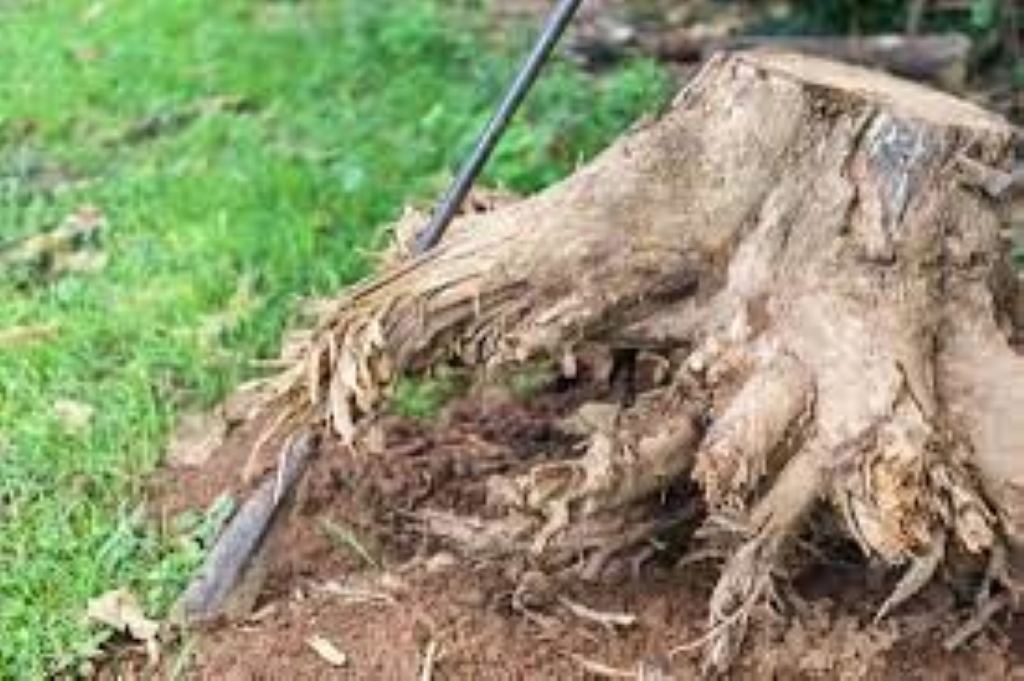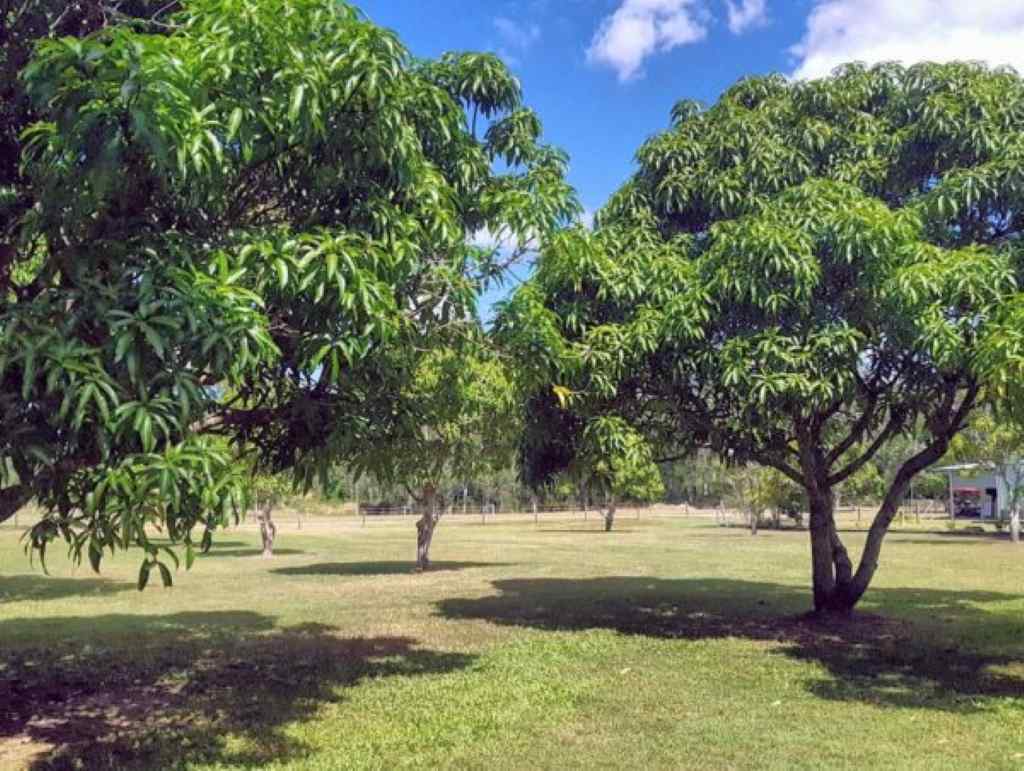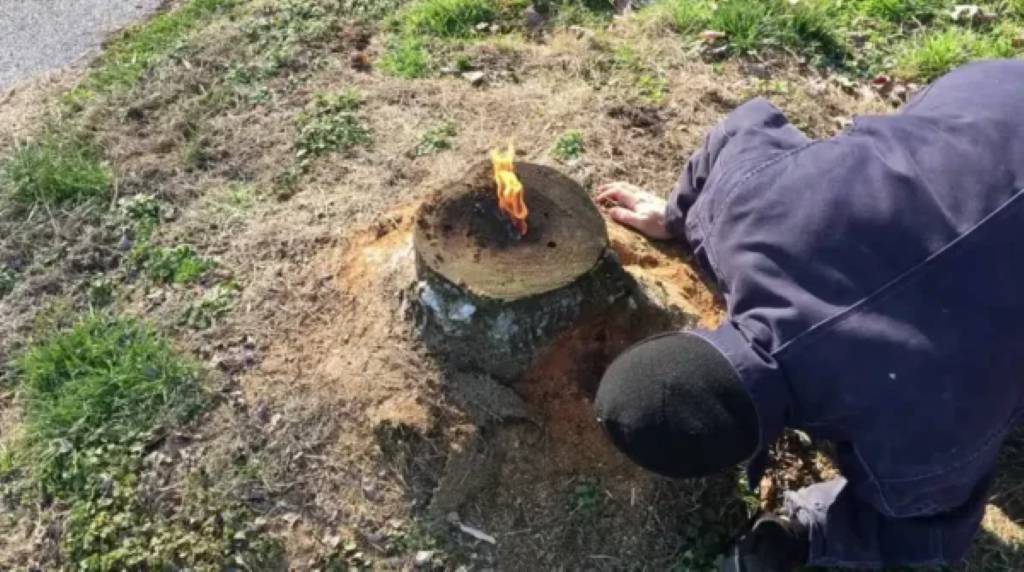How To Remove Seed Pods
Palm trees are renowned emblems of tropical beauty, yet their spontaneous reproduction can result in an excess of seed pods. These pods not only change the appearance of the tree, but they can also cause an unintentional proliferation of palm trees in your environment. In this article, we will look at the significance how to remove seed pods, the optimum time to do it, important safety precautions, and the multiple benefits of appropriate seed pod removal.
Why Removing Seed pods is important
For numerous reasons, removing seed pods from palm trees is an important element of palm tree maintenance.
Aesthetic Appeal:
Because seed pods can amass in vast quantities, palm trees can appear congested and untidy. Removing them improves the appearance of your landscape by keeping it neat and well-kept.
Overgrowth Prevention:
Palm tree seed pods, if left unmanaged, can result in the sprouting of countless palm saplings. These seedlings can compete with other plants in your garden and may need to be removed or transplanted, adding to the work involved in landscaping.
Overgrown palm trees with an abundance of seed pods can become top-heavy and prone to frond drop or even toppling during strong winds or storms. Removing seed pods can help prevent accidents.
How to remove seed pods, a step-by-step guide:
Removing seed pods from palm trees is a simple procedure that can help keep the tree’s beauty and prevent the creation of new palm trees. The following are the steps for removing seed pods from palm trees:
Materials Required
pruning shears or a pruning saw
A ladder (if required)
Gloves and safety glasses are recommended.
First, safety must be prioritized.
Safety
Put on safety gloves and safety glasses before you begin to protect your hands and eyes from any dirt or sharp edges.
Locate the Seed Pods
Examine the palm tree to find the seed pods you wish to remove. Seed pods often form towards the trunk at the base of the fronds. They are elongated and vary in size and color depending on the species of palm tree.
Select the Right Tool
Choose either pruning shears or a pruning saw, depending on the size and height of the seed pods. Pruning shears are best for smaller seed pods and those that are easily accessible, but a pruning saw is ideal for larger or more difficult-to-reach seed pods.
Remove the Seed Pods
Climb a ladder carefully if necessary to access higher seed pods. Make a clean cut at the base of each seed pod with your chosen tool. Make sure to cut as close to the trunk or frond base as possible without damaging the tree.
Gather and Dispose
Collect the seed pods as you remove them and place them in a bag or container for disposal. It is critical to properly dispose of the seed pods to prevent them from sprouting elsewhere in your garden or landscape.
Cleanup
After removing all of the seed pods, gently descend the ladder, if you used one. Examine the area around the palm tree for any fallen debris or leaves, and clean it up as needed.
Prune on a regular basis.
Try trimming your palm tree on a regular basis to prevent the production of seed pods. Routine upkeep keeps the tree healthy and its appearance appealing.
The frequency with which palm trees produce seed pods varies greatly based on various factors, including palm species, weather circumstances, and the age and health of the tree. Following are some general guidelines:
How often do palms produce seed pods?
Palm Species:
Different palm species have different reproductive cycles. Some palms produce seed pods on a yearly basis, while others may take several years.
Palm Age:
Young palm trees do not usually produce seed pods until they reach maturity, which might take several years. The frequency of seed pod production may increase as the plant matures.
Environmental Factors:
Temperature, humidity, and rainfall can all have an impact on the frequency of seed pod production. Palms grown in tropical climates may produce seed pods more frequently than those grown in drier or cooler climates.
Healthy palm trees are more likely to produce seed pods on a regular basis. Proper maintenance, such as regular watering and fertilization, can promote seed pod production.
Related Posts:
Life Stage:
Some palm trees may generate more seed pods at different periods of their lives. A palm tree, for example, may generate more seed pods throughout its growth period or after undergoing stress.
Best Time To Remove Seed Pods
Late winter to early spring is often ideal for seed pod removal, as it aligns with the dormant season for many palm trees. The weather is cooler and the tree is less stressed, making it easier to prune
To prevent a significant accumulation of seed pods, regularly inspect presence of seed pods and remove them regularly if you want to
Conclusion
Removing seed pods from palm trees is an important part of preserving the health and attractiveness of your landscape. By recognizing the importance of timely removal, following safety precautions, and selecting the appropriate season for the task, you can ensure that your palm trees grow, your property looks its best, and potential safety issues are minimized. Regular seed pod removal not only enhances the attractiveness of your palm trees but also contributes to the general health of your environment.





